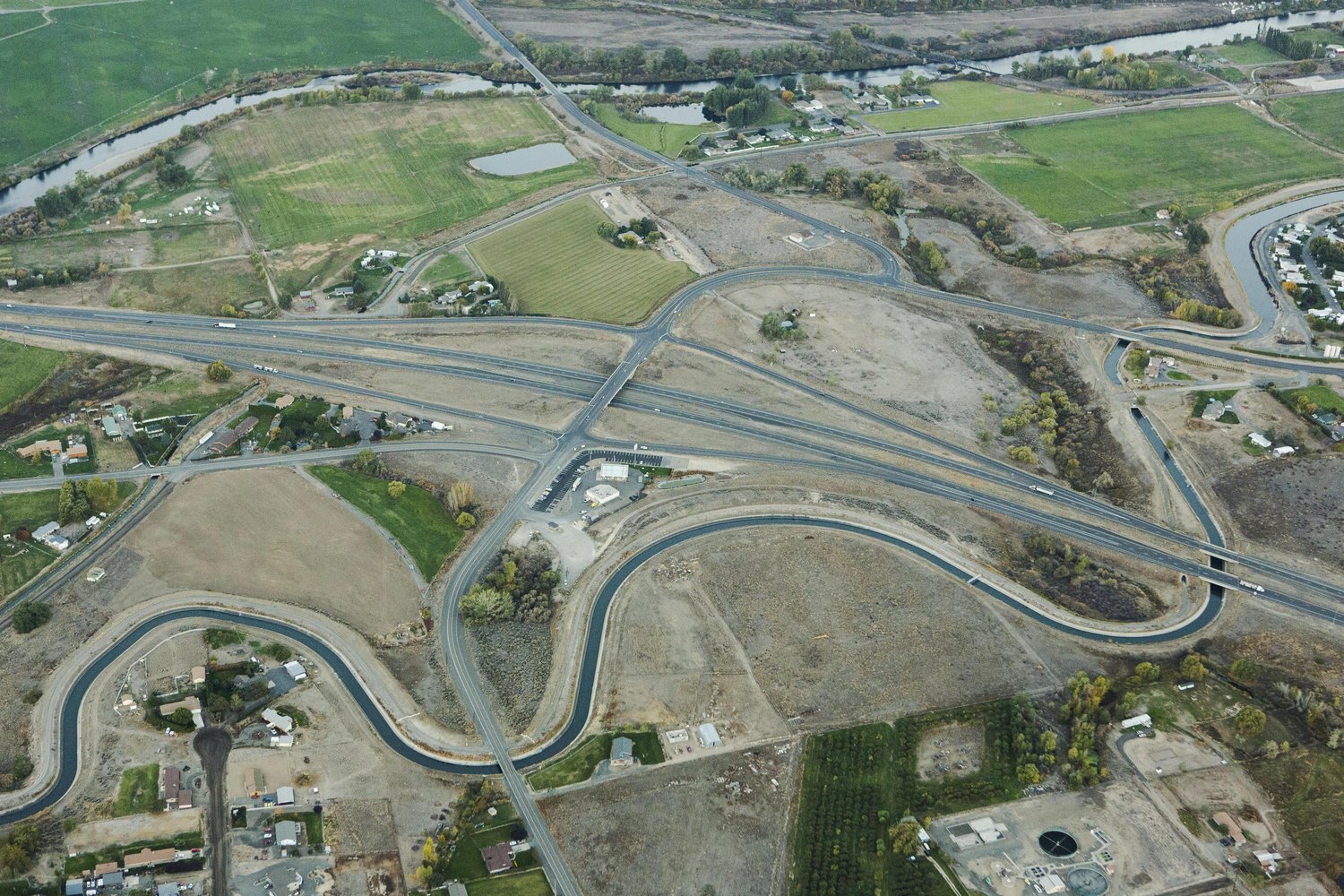FEMA’s Building Resilient Infrastructure and Communities (BRIC) and NOAA’s Community-based Restoration Program (CBR) are two grant programs set to receive over $1 billion in funding from the Bipartisan Infrastructure Law. These programs are opportunities for practitioners to partner with local communities to receive large investments of federal dollars to support people and nature. Both programs can support fish-friendly infrastructure projects. A couple examples of what fish-friendly infrastructure projects could look like would be restoration of failing culverts blocking upstream spawning habitat and green stormwater infrastructure like toxin-filtering bioswales.
FEMA Building Resilient Infrastructure and Communities
This grant program provides funds for hazard mitigation planning and the implementation of mitigation projects prior to a disaster. BRIC seeks to fund mitigation projects, which incorporate nature based solutions. Eligible fish-focused projects include both culvert restoration and green stormwater infrastructure, such as pervious pavers, bioretention cells, and bioswales.
To be the most competitive for funding, applicants must identify a natural hazard for which there is a formal hazard declaration, meet and demonstrate a stringent cost-benefit analysis ratio, prove how the project will mitigate that hazard and protect human lives with additional points towards projects that demonstrate nature-based solutions, leverage partnerships and communities and anticipate climate change. Scoring criteria are broken down into two categories: qualitative and technical. Successfully funded projects score well on both.
NOAA Community-Based Restoration Program
This program provides funding and technical assistance for restoration projects that ensure fish have access to high-quality habitat. The goal of these projects is to recover and sustain fisheries—particularly those managed as endangered or threatened under the Endangered Species Act (ESA). Fish-focused projects include hydrologic reconnection of wetlands, culvert removals and upgrades, and habitat restoration. Feasibility, design, and implementation projects are all eligible.
To be the most competitive for funding, applicants must identify a target fish species and then demonstrate how degradation in fish habitat and intended restoration action is both in alignment with ESA Recovery Plans and local planning (watershed plans, or other fishery-related strategic planning, conservation, or management documents) with additional points for projects which leverage partnerships and communities and focuses on larger scale restoration efforts.


